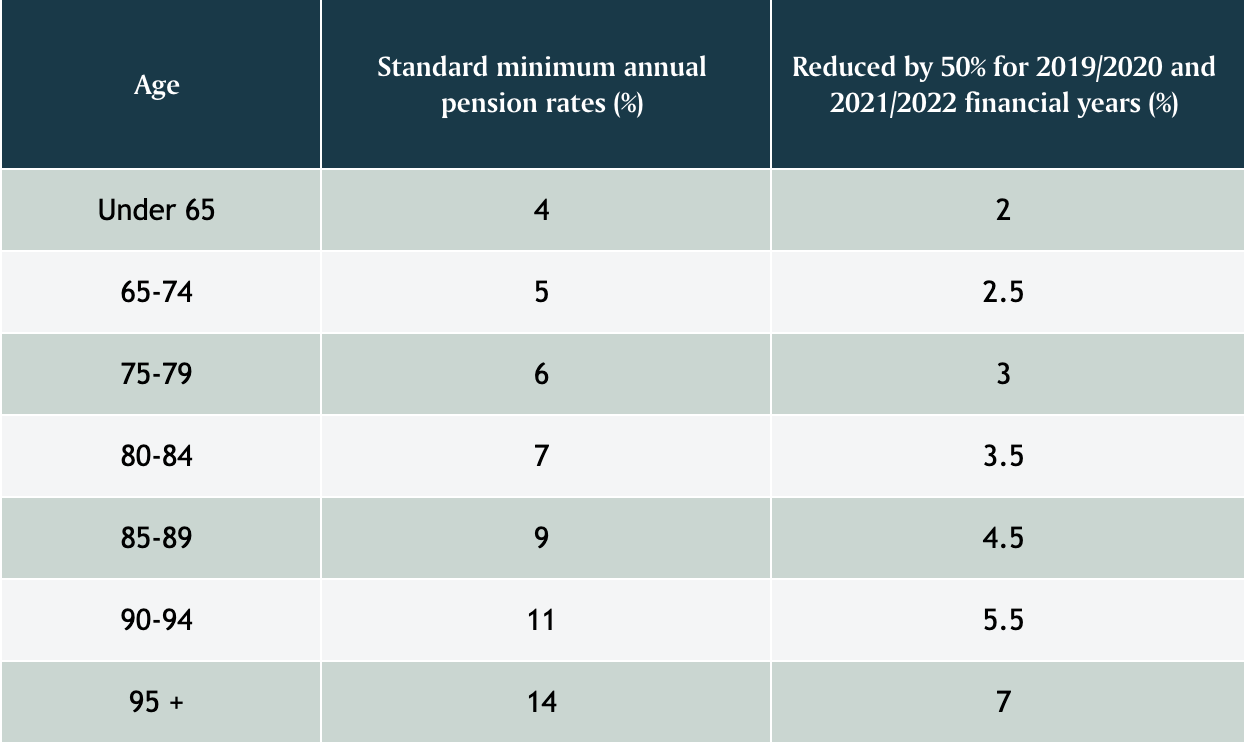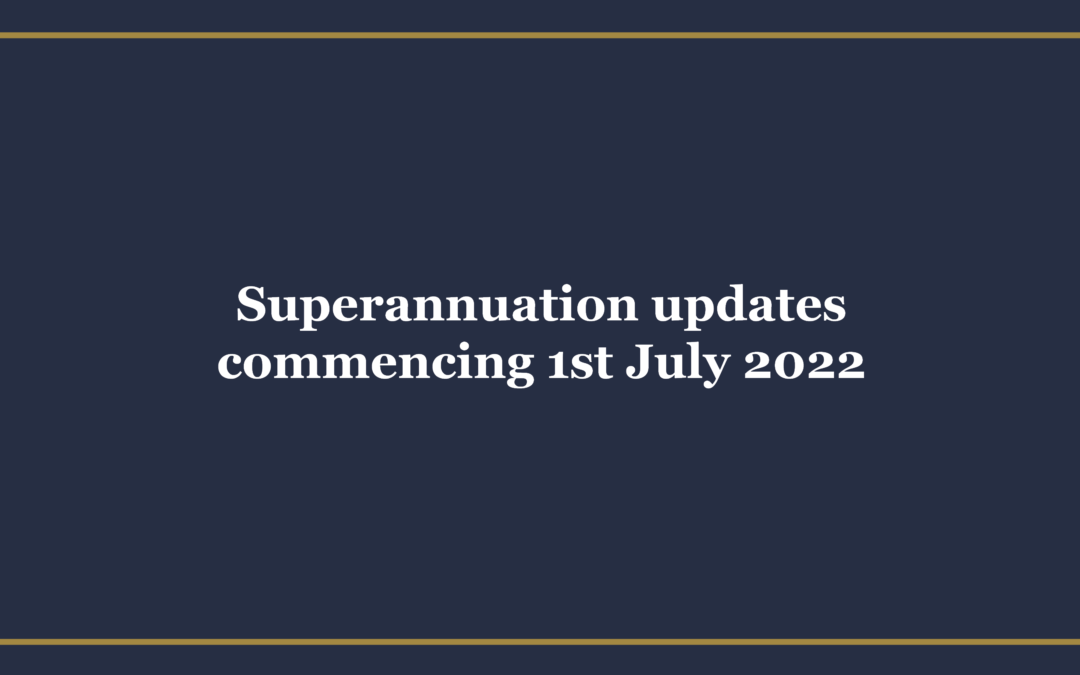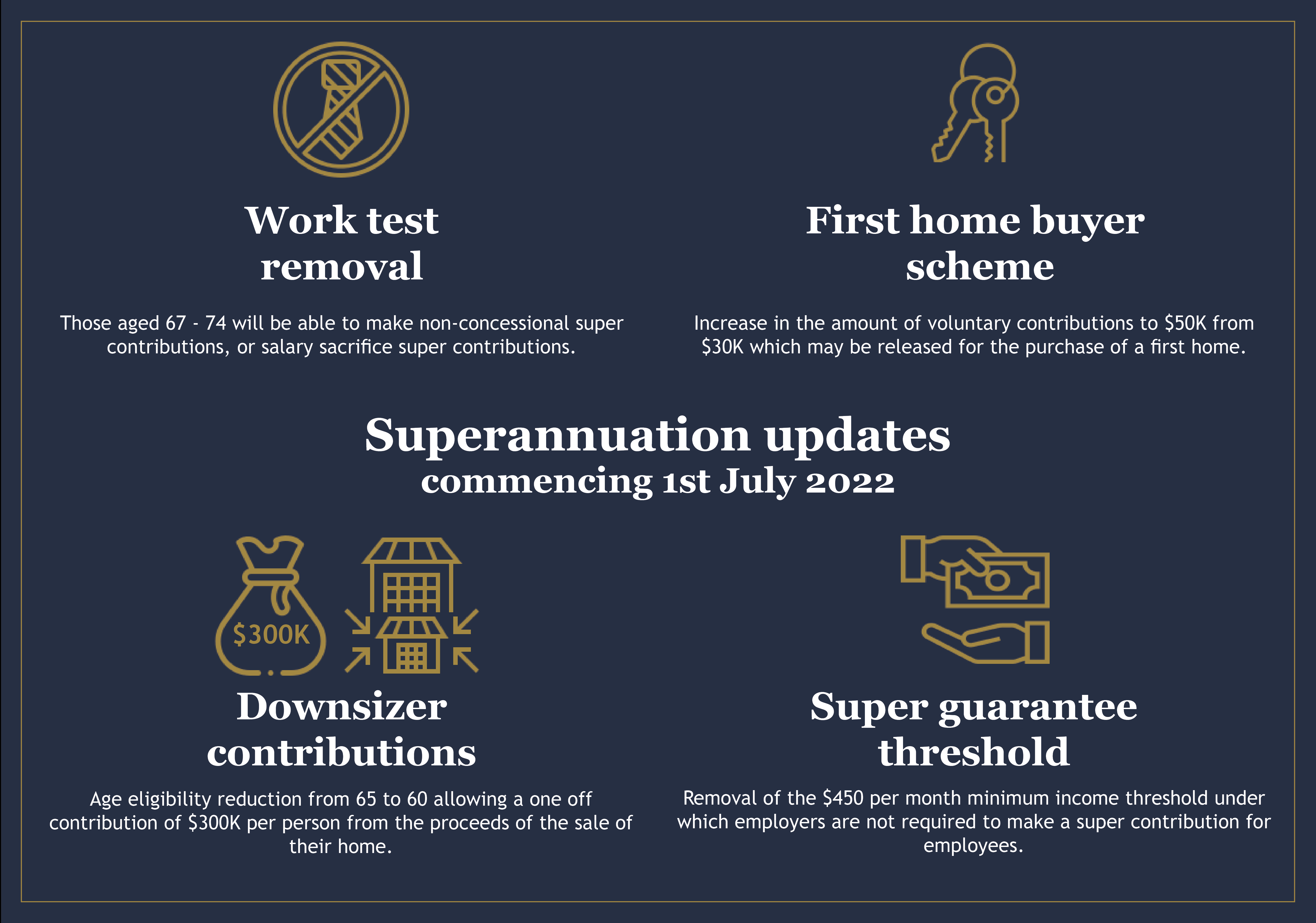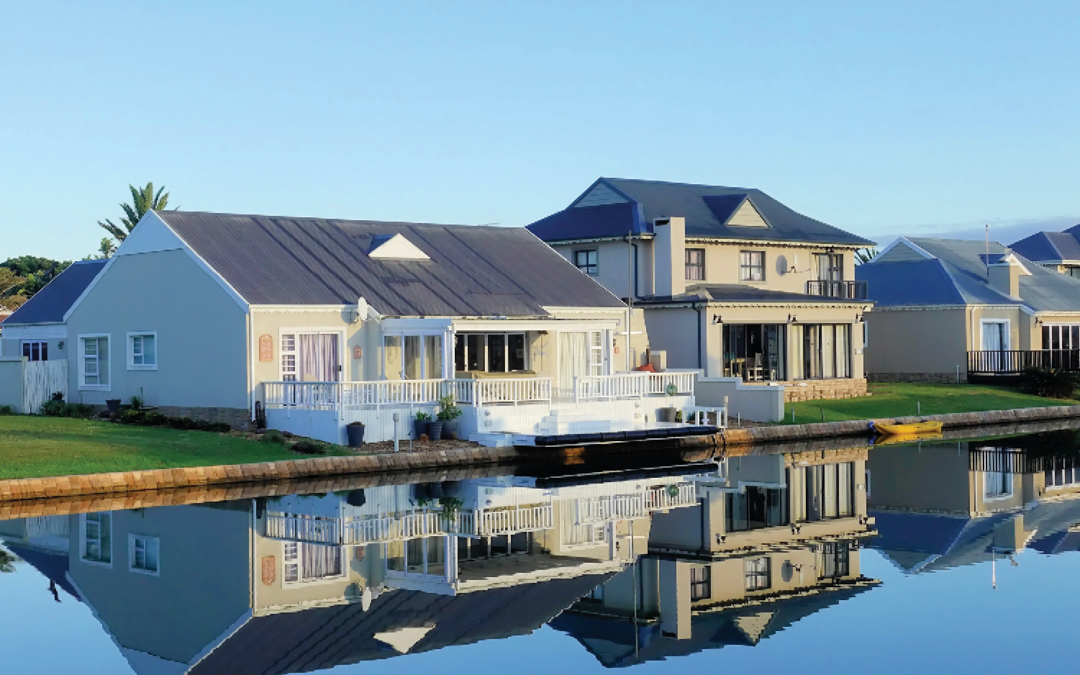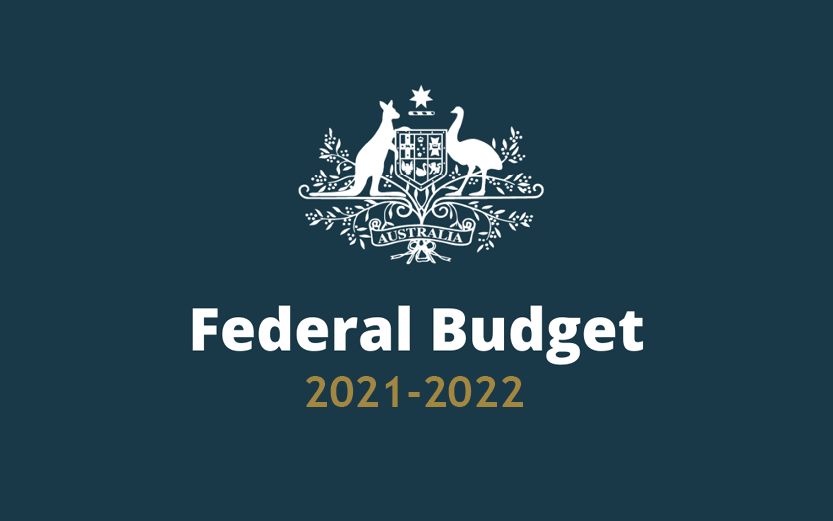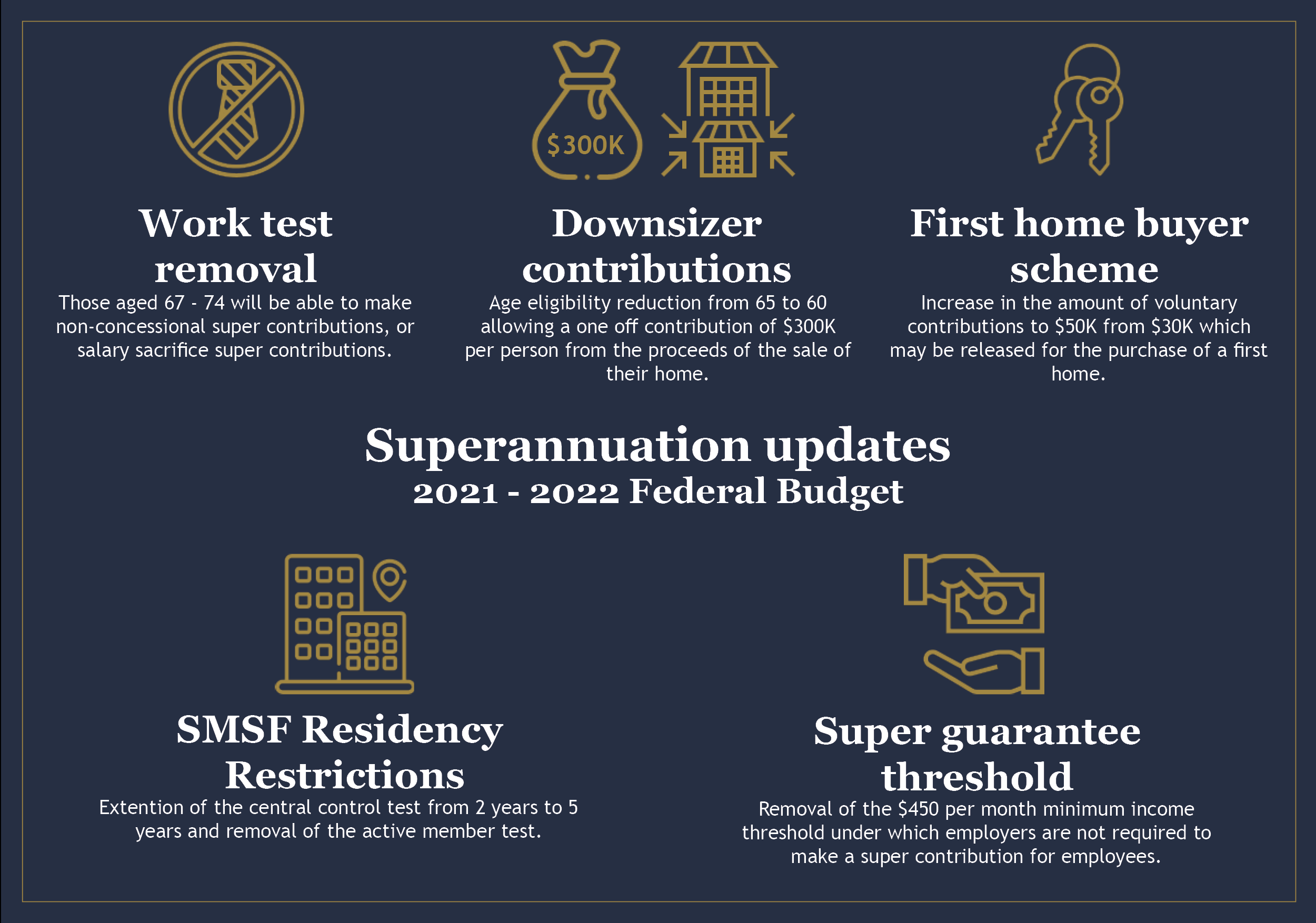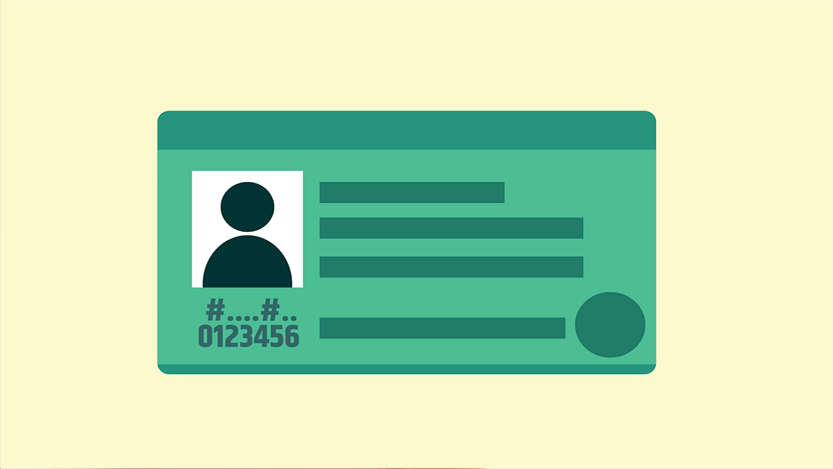
Director Identification Number (director ID) – time’s running out to apply
You may have heard about the new rules which require directors of Australian companies to obtain a Director Identification Number (director ID). It is a unique 15-digit identifier that directors apply for once and keep forever.
The following provides some useful further information.
As a director of my SMSF’s corporate trustee do I need a director ID?
The new requirement to obtain a director ID applies to all directors of corporate trustees of an SMSF. This obligation also applies to any directors who may have resigned from all director roles after 31 October 2021 and have no intention to ever be appointed as a director of an Australian or foreign company.
How long do I have before I need to get my director ID?
Individuals that were a director of any company prior to 1 November 2021 have until 30 November 2022 to get a director ID. This transitional period also applies to newly appointed directors of corporate trustees of an SMSF, provided they were an existing director, of a company, before 1 November 2021.
Otherwise, first time directors are now required to have a director ID before they are appointed as director of any company.
What is the fastest way to apply for a director ID?
With 30 November 2022 fast approaching, we strongly encourage all directors to apply for their director ID now. The fastest way to apply for your director ID is online at abrs.gov.au/directorID.
To access the director ID application online, you will use your myGovID to log in to ABRS (Australian Business Registry Services) online.
This director ID demonstration video will show you step by step, how to apply for your director ID online.
What to do if you do not have a myGovID already?
A myGovID is different to your myGov account. Your myGov account allows you to link to and access online services provided by the ATO, Centrelink, Medicare and more, while myGovID is an app that enables you to prove who you are and to log in to a range of government online services, including myGov.
If you do not already have a myGovID you will need to set this up before you can apply for your director ID online. Refer to mygovid.gov.au/setup for more information on setting up a myGovID.
You will need to choose your identity strength, noting that ‘standard’ identity strength is the minimum strength required for a director ID.
What if I can’t set up myGovID online?
Where you are experiencing difficulties setting up your myGovID, the ATO encourages you to contact them on 13 62 50.
To speed up the phone application, please have your TFN ready as well as the information listed below, required to verify your identity.
If you cannot apply online or over the phone, the ATO will provide you with a paper form to complete. This is the least preferred option and will require you to provide certified copies of your documents to verify your identity.
Can we help you get your director ID?
You must apply for your director ID yourself, so that the ATO can verify your identity.
To verify your identity against your ATO records, once you have logged into ABRS online using myGovID, you’ll need your tax file number, your residential address held by the ATO, and information from two of the following documents:
- bank account details (where your tax refunds or payments are made and received)
- an ATO notice of assessment
- a dividend statement
- a Centrelink payment summary
- a PAYG payment summary (this is different to your income statement or your PAYG instalment activity statement).
Source: SMSF Association
How can we help?
If you have any questions or would like further information about director IDs, please feel free to give me a call, or arrange a time for a meeting, so we can discuss your requirements in more detail. Although we are unable to apply for a director ID on your behalf, we would be more than happy to guide you through the process and where possible, source documents to help you verify your identity with the ATO.


